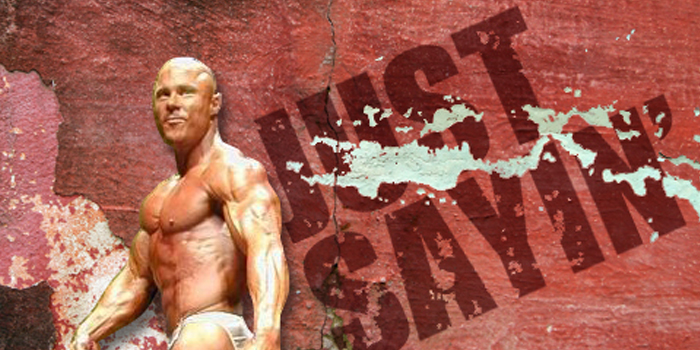
Usually, when I write training articles, I focus on one specific muscle group or exercise, break it down, and explain the nuances that I feel are important based on my experience over the years. In this article, I am shifting gears and I want to give a tip for each muscle group that I feel is the most important point or tip for training that muscle group.
Body Mechanics 101: How To Bring Back 80s Lat Development
Please understand that there are many important points to training a muscle group, but I am going to only give the point or tip that I feel is the most important. These are only MY opinions, so you may read this and think of a myriad of other points that I could include. But you aren’t writing the article — I am. I also would remind the reader that I have well over three decades of training under my belt, so my opinion should carry some weight.
Back
Arc, not arch.
You should always have a subtle arch to the spine when performing a row movement or a pulldown movement, but most people exaggerate the arch too much. Because most everyone knows that there should be some arch in all back movements, I want to focus on an arc instead. "Arc" is in reference to the path of the elbows. If you look at a back movement in terms of an arc instead of pulling a bar from point A to point B, it better illustrates how the movement should look and feel. The pull comes from the elbows, not the hands or the bar. When you focus on arc, it is easier to understand or to put your mind into the muscle and feel the back muscles rather than feeling the arms doing more work than the back. Visualize and feel the elbows not pulling in a straight line but in a rounded arc.
Shoulders
Focus primarily on the side deltoid.
To add width and roundness to the shoulder complex, the side delt should be your focus. Of course, development of all three deltoid heads will provide full shoulder development, but adding size to the side delt is the fastest way to build round, full shoulders. You will get front delt and rear delt work from chest pressing and back pulling movements, so focus more of your direct shoulder work on variations of side lateral movements, including upright rowing with a barbell or dumbbells. Do your front delt work after chest and rear delt work after back, with your direct shoulder work involving almost entirely side delt work.
Chest
Get it out of your head that there are “inner” and “outer” pec exercises.
There is nothing worse than seeing someone tiny doing a sideways hammer press, one arm at a time. This exercise is useless, in my opinion, and will never do what the user is intending (filling in the inner pec area). If you want full development of the pecs, build more size in the entire pec region. Thinking there are “inner” pec exercises is akin to thinking there are lower biceps exercises.
Triceps
Focus on long head triceps work
The triceps are worked quite hard during chest pressing movements, but most of that triceps stress is on the outer and medial triceps head, not the long head. To hit the long head more directly, you will need to open the angle of the upper arm and torso by doing overhead extensions with a cable attachment, barbell, or dumbbell. If you are not focused on doing more long head triceps work, you are missing out on a significant amount of growth and development of the triceps.
Biceps
Quit getting fancy with curl angles.
Training the biceps is quite simple: do a curl. I rarely see someone with big arms doing a front double-biceps cable curl in the cable crossover machine. Guys with big biceps do dumbbell curls and barbell curls (or they did at some point to get big). Get your small biceps out of the cable crossover machine and pick up a barbell or dumbbell and curl some weight.
Calves
Focus on the stretch
Everyone’s calves are used daily in high rep fashion just to get us from point A to point B, and walking keeps the calves working constantly in the midrange of the range of motion of the calf muscles. This is exactly why it is so hard for most of us to create enough of a stimulus to actually get the calves to grow. What the calf muscles are not accustomed to is the stretched position with resistance, so be sure to get a full stretch on every repetition while training calves. This will provide the stimulus for growth (over time) to get great calves. I should also add that you need patience because calves do not grow quickly; growing calf muscle takes time.
Legs
Forget regular squats.
I understand that writing an article for elitefts.com and saying not to squat is blasphemous, but I am coming from a bodybuilding angle here, where power and strength are secondary to the development of a muscle group. There isn’t much benefit to growing your legs five inches if your ass and hips increase just as much. Bodybuilding is about aesthetics. It's not just the development of one muscle group but also how those muscle groups “fit” together for a total, overall pleasing look. Show me a big squatter and I will show you a big ass and hips the large majority of the time. If you want quad development without a boxy ass and hips, hack squats are a better option than regular squats.
Abs
Train for the development of your overall look and the support to avoid back injury, but don't overdo it.
My abs and midsection looked the best when I did not train them, at all, for about four years. However, I am not going to give advice not to train abs, but rather to train them only as much as is needed for the development desired. Thickening the abs too much by making them too muscular can easily detract from your overall look. On the other hand, you also need to train abs for longevity in this “sport” so that you are providing stability to the lower back, because training for the long-haul is going to be tough to do if you have a lower back that is not stabilized by a strong abdominal wall. Train them enough for the development you are looking for and for the strength to provide support to your back to remain injury free.
The above tips are based on my years in this game, and what I have come to believe are the most important points for each muscle group. When I give my opinions on training and nutrition, I also take into consideration my experience with thousands of clients that I have trained over the years as well. My opinions above are not blanket statements, as there are still always going to be exceptions for each individual. However, I do feel that the above information applies to most people—or the majority of people—out there.










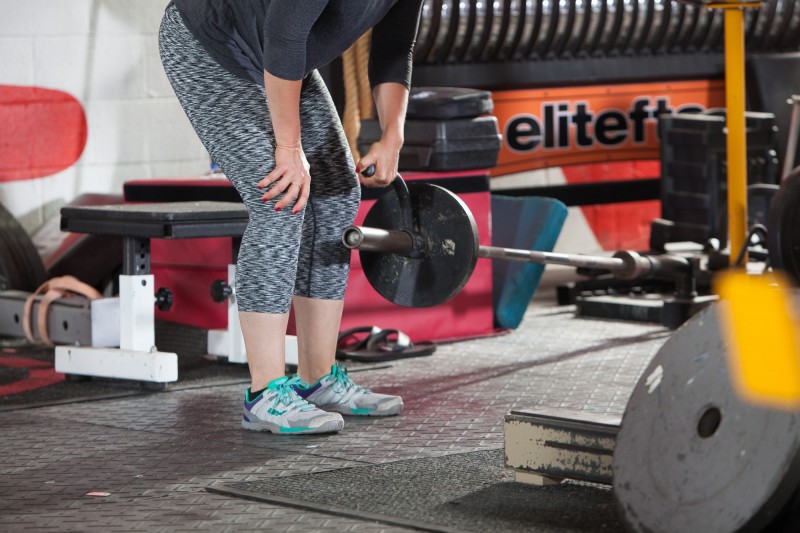
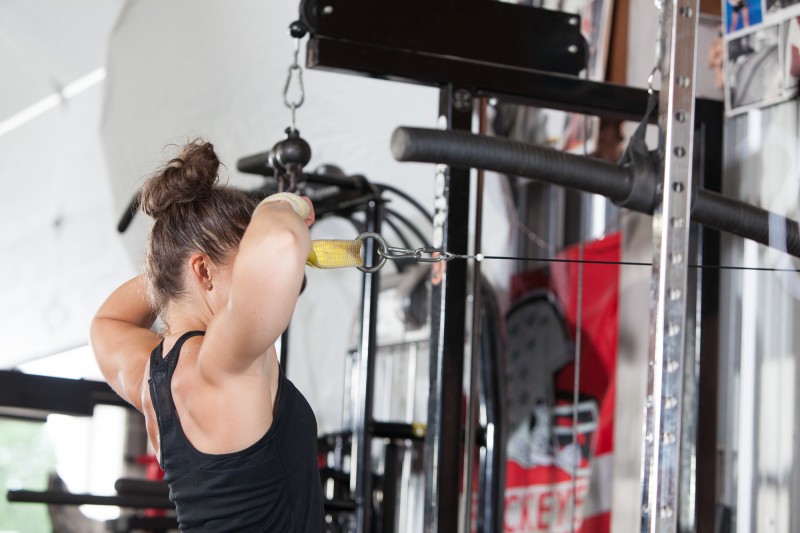
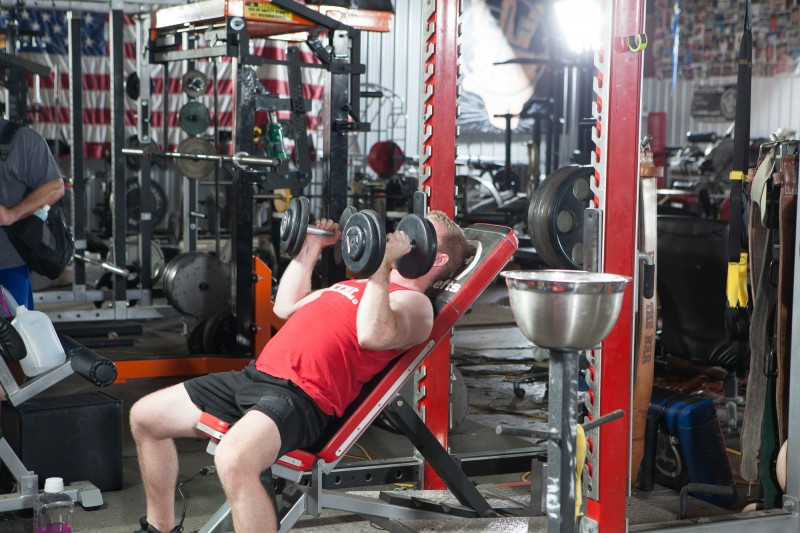
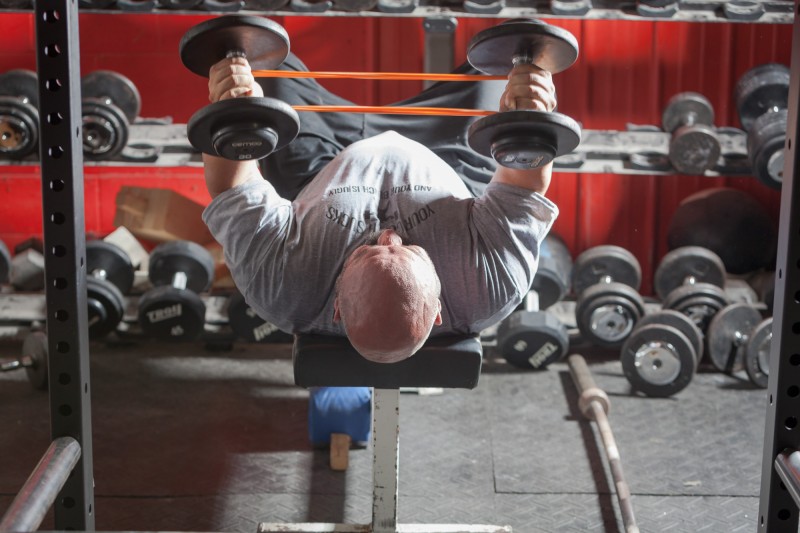
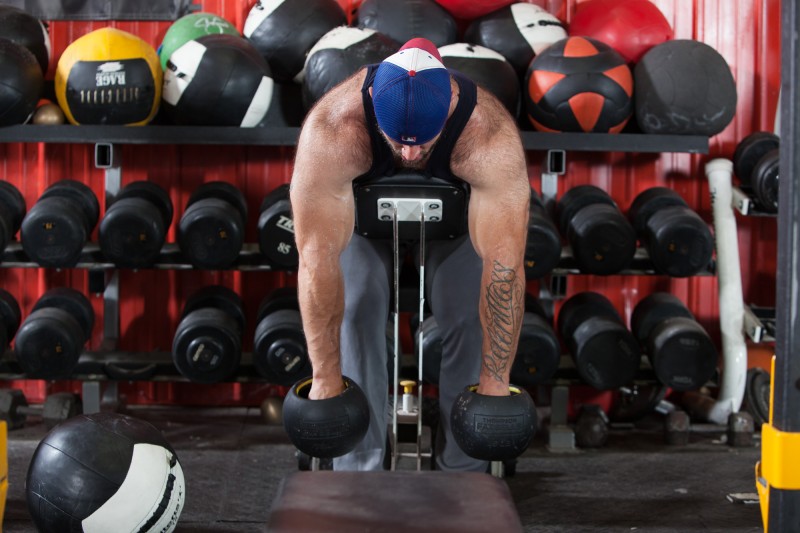
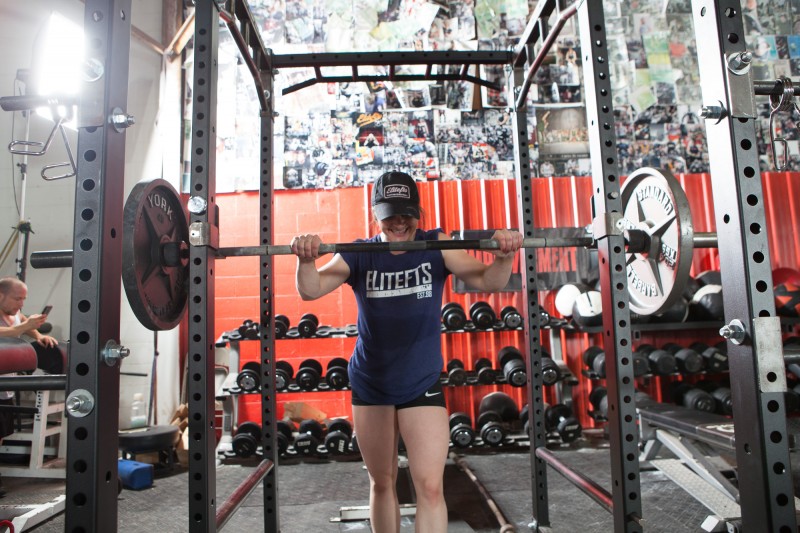
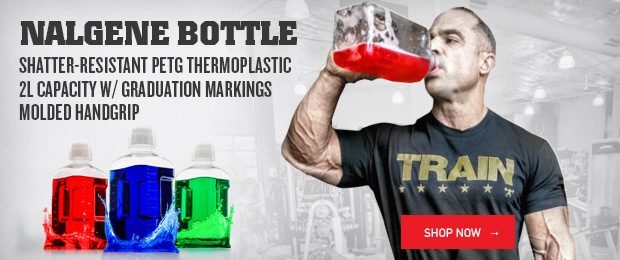
My best advice is find a variety of angles to hit the side delt. Even though the movement is a lateral movement, you can hit the front part of the side delt with specific angles and the rear part of the side delt with a more "leaned in" angle. EG: a great exercise to hit the rear part of the side delt (not the rear delt but the rear part of the side delt) is incline side laterals. You lean into a high incline bench and do side laterals with the forward lean that the incline allows for.
Some other side delt exercises:
cable side laterals
partial side laterals (doing only the bottom 1/3 to 1/2 of the movement to allow for heavier weights)
upright dumbbell rows
Behind the neck presses (this is a side delt movement, NOT a front delt movement contrary to what most people think)
I do a lot of these movements in the training chapters of the TRTbodybuilding Online DVD (which is free). I have the link in one of my coaching logs a couple of months ago.
Hope this helps.
I'm surprised! No negative comments!
You may scoff due to me being a Powerlifter, but Standing Strict Behind the Head Presses have built the absolute SHIT out of my side delts! Got fitted for new suits a year ago and my shoulder measurement was 61-62'!
Thanks for the great article! I really like your "blasphemous" opinions, so I encourage you to keep them coming.
I've been training for over 15 years, which has taken its toll on my joints, namely elbows and shoulders. Therefore, most of the heavy barbell movements for upper body are nowadays out of the question because my aforementioned joints are popping and cracking during the movements although I use good form, and my left elbow gets cranky even after curling with a barbell or E-Z bar.
However, I still love my heavy work (meaning 5-8 reps for bodybuilding purposes), but I've been forced to use a lot of dumbbells, rings, and attachments that allow free rotation of wrists, elbows, and shoulders. Building strength with those implements is possible for almost every other body part, but I've yet to find a good strength movement for triceps that wouldn't require using a barbell (in order to "spread" the bar and activate the triceps) or a dip station. Even board, and especially floor presses aggravate my joints despite tucking my elbows.
So my question is: Do you have any suggestions for a compound movement that wouldn't require a bar but still would allow to use a decent weight while working the triceps?
Thanks for your answer in advance! (And sorry for the possible language errors, but I'm not a native English speaker)
Matti